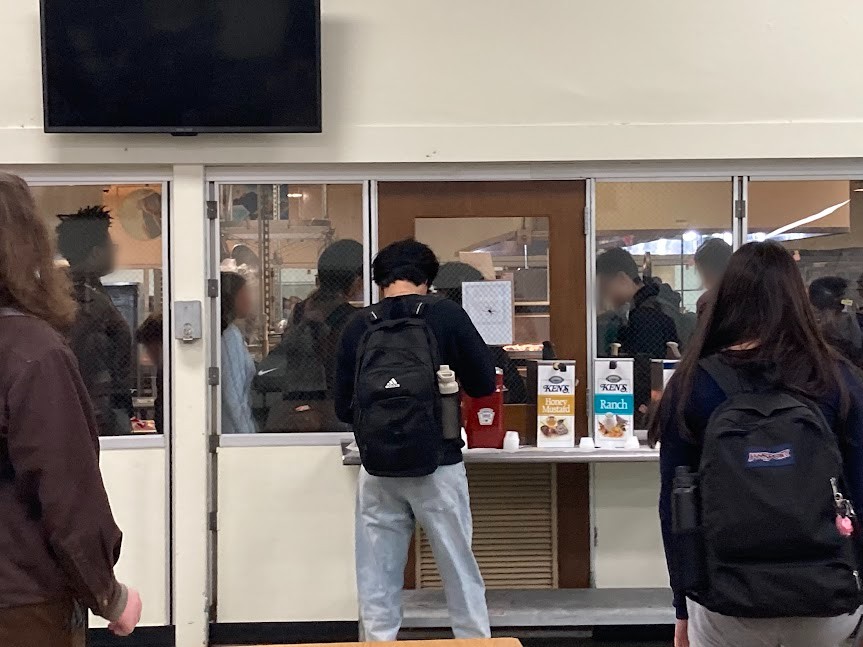As the bell signaling lunch break rings, Cherry Hill High School East students rush through the halls, through the congested staircases, past the administrators and counselors in motion. With the new lunch policy invoked this school year, having half as much time to eat and socialize presents various complications.
Students have complained about the new action, such as not having enough time to eat.
Especially for students returning to East this year, splitting lunchtime in half is a huge adjustment. With new all-year homeroom methods, 25-minute lunch periods have raised many issues.
Students who need to use the restroom during the LBs, have very little time to do so, between the shortened period and the limited amount of people allowed in the bathrooms. Students find themselves rushing throughout the school during lunch, trying to find time to talk with friends, eat, and use the facilities.
The lunch breaks are not only about eating but also a decompression from the school day.
Many students find schoolwork and classes challenging, both mentally and emotionally. Lunch could be a wonderful time to relax and chat with friends, or have quiet time to yourself to eat and listen to music. However, with these new rules, that break has been revoked. Cherry Hill East pupils are now required to hasten through the motions of lunchtime, the part of the day that students may find helpful to healthy emotions and rest, entirely rechanneled.
Furthermore, students who buy lunch, specifically from the deli, may have an especially hard time. The line for wraps, as many know, is certainly a long one. Students at the back of the line are made to wait for so long that the bell has already sounded before they’re able to order.
This poses a large problem for students, particularly those who aren’t able to pack their own lunch and are forced to choose between eating or dealing with the repercussions of showing up to class late.
However, the Aramark director of food service here at East, Ted Bridges, explains that measures are being taken to make this switch easier for students.
“We’re [going to] work with administration to either open up another station to draw attention away from the deli, or a third deli.” Bridges explains. “We’ve definitely noticed that it’s taking too long for people to get through.”
One would be relieved to hear this, as shortened time with the same quantity of food resources is most likely the biggest problem with this policy. Although, this improvement may take longer than students would hope.
“One of the biggest struggles that we’ve had here is hiring.” Bridges states that along with including a solution for these difficulties, such as a third deli station, would require more staffing.
“Right now we’re in the process of interviewing, but to work in a school there’s background checks and federal fingerprints, all sorts of things that happen.”
Despite wanting to implement solutions to student’s obstacles, the process is challenging. Between finding enough staff and communicating with administrators, results may not be in store for students until next year.
On the contrary to student’s struggles, Bridges comments that the mealtime policies have greatly benefitted not only the Aramark staff but also safety of the students.
“From a service standpoint, it makes it a lot easier on us knowing that half of the students are going to come in in the first half, and half are going to come in in the second half.” Although Bridges did not partake in the decision to institute the policy, the structure of it makes lunchtime largely easier for cafeteria staff.
As for improvements in a student’s day, the system is made to create safety in the environment.
Less people within the cafeteria, along with more supervision, makes for an increased security in the student’s lives, such as a significant decrease in fights and theft.
Thus, although many students of Cherry Hill East are having trouble with the differences in the lunch structure, administration and staff are not dismissing us. They are working to get changes for convenience and comfort during the school day.



